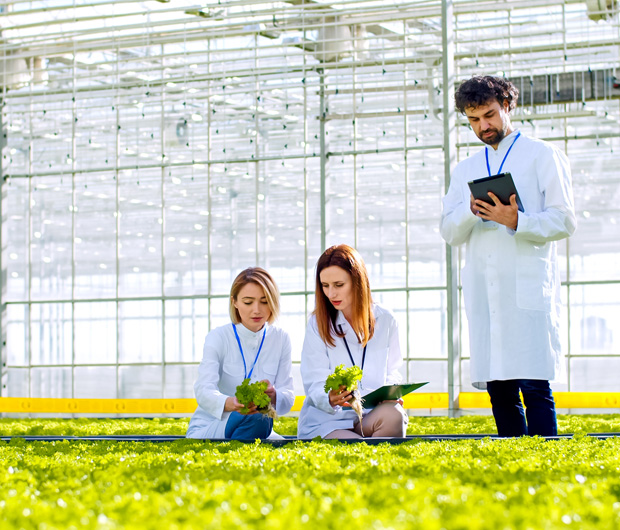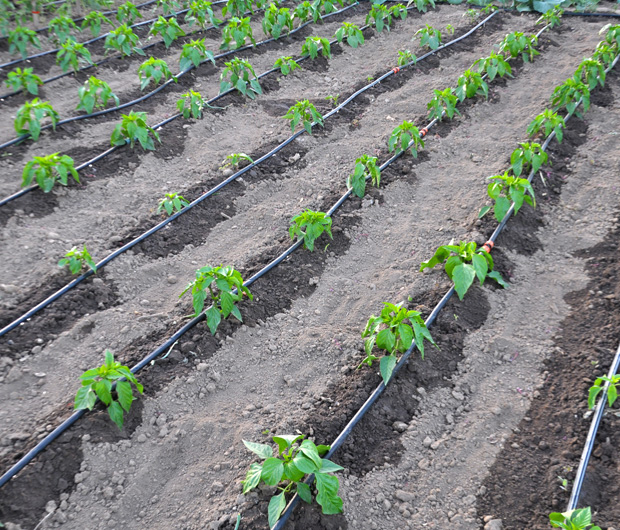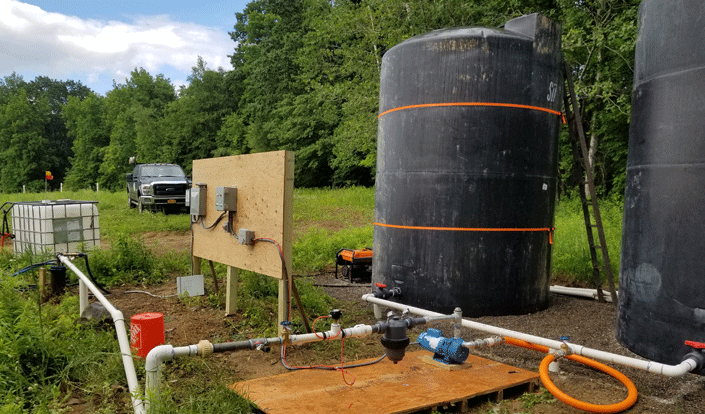Increase yields and support sustainable farming with Trickl-Eez's smart irrigation solutions.
Download Our Product Catalog

As a grower, your livelihood depends on maximizing crop yields while minimizing costs and risks. That’s why Trickl-Eez offers expert irrigation solutions—to help you grow more while saving water and money. Our team has decades of combined experience designing and implementing efficient agricultural watering and crop sprinkler systems for various farms and crops.




Take water conservation to the next level with Subsurface Drip Irrigation (SDI). This highly efficient method delivers water and nutrients directly to the root zone, minimizing evaporation and maximizing plant uptake. Our SDI solutions are designed to:


Conserve water and boost yields with Subsurface Drip Irrigation (SDI).

Nurture diverse crops with precision irrigation for orchards, vineyards, berries and more.

Create the perfect growing environment with controlled watering and optimized humidity.

Achieve uniform growth and efficient water use in large-scale field operations.

This is an agricultural irrigation supply shop. They are the best around. Great service and solid inventory.
- Tomm Becker
They can supply most of your irrigation needs. Give them a call and see if they can help your green needs.
- SuperBK Thomas
This place is FANTASTIC! The staff & owner are both VERY knowledgeable on products & installation! Can't thank them enough for their help in getting my garden irrigation system in place! Next project is my wife's flower beds!
- Enders227


Subsurface drip irrigation helps eliminate washout, evaporation By Lindsay Owens From “Growing...
Read more about new Era in Irrigation
Introduction: In a freezing climate it is advisable to “winterize”...
Read more about winterization Air Blow Out
Goal is to perfect a Solid Set Canopy Delivery System...
Read more about Airblast SprayingResources
About Us

© 2025 TRICKL-EEZ IRRIGATION INC. ALL RIGHTS RESERVED. |
Site Map